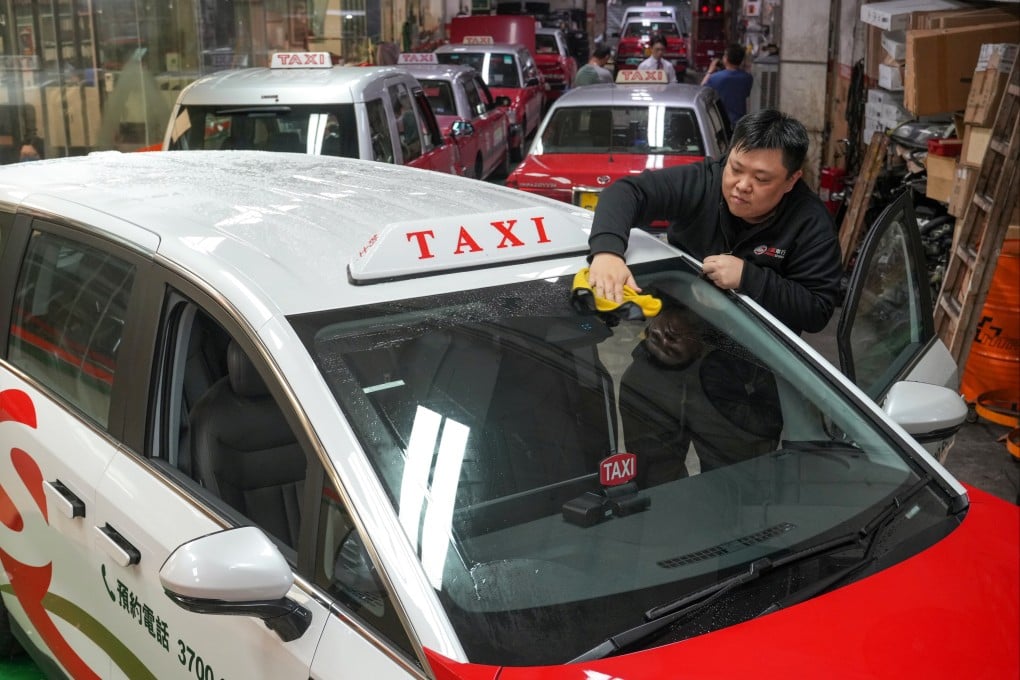Opinion | Hong Kong’s new taxi licensing scheme is old wine in new bottles
- The licensing overhaul sounds worthy of praise, but won’t win over the public if it’s just to help vested interests and hold back Uber

Notwithstanding everyone’s familiarity with the topic, the old arguments were given a fresh airing on an RTHK podcast that I co-hosted last week. The podcast featured Transport constituency lawmaker Frankie Yick Chi-ming and Alok Jain, an expert from a private-sector consultancy. An associate professor from Hong Kong Polytechnic University, Tony Sze Nang-ngai, joined for part of the discussion.
The most startling point to emerge from the discussion, at least from my perspective, was the fact that not a single new taxi licence is being issued as part of the exercise. The current number of 18,163 taxis is being maintained, according to Yick. All 3,500 vehicles covered by the new fleet licences will come from cannibalising existing taxi licences.
So this is not provision of additional resources. It is a reshuffle of those we already have. Taking into account also that all selected five fleet operators are players in the existing market, it is plain to see that for all the talk of a new era in taxi matters, this is largely a case of old wine in new bottles.
In a press release, the government stressed the advantages of the new licensing scheme. First, around 40 per cent of the fleet vehicles (1,500 of 3,500) will be completely new and the remainder will not be more than three years old. There will be a set number of wheelchair accessible and premium vehicles and more than a quarter will be electric.


